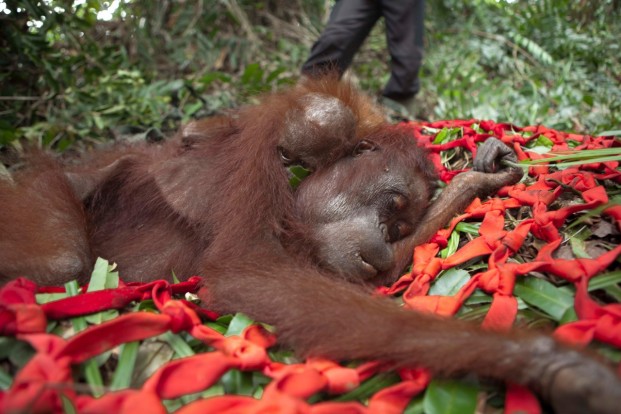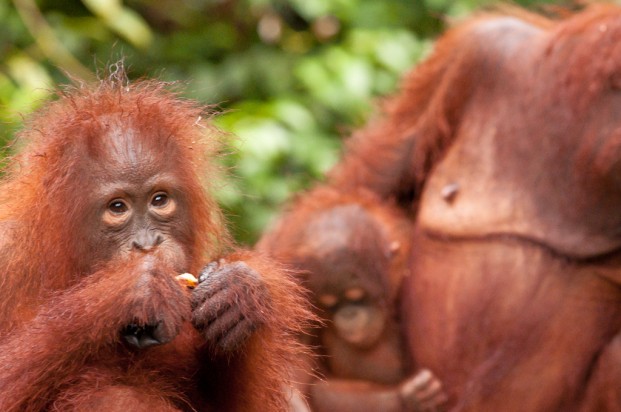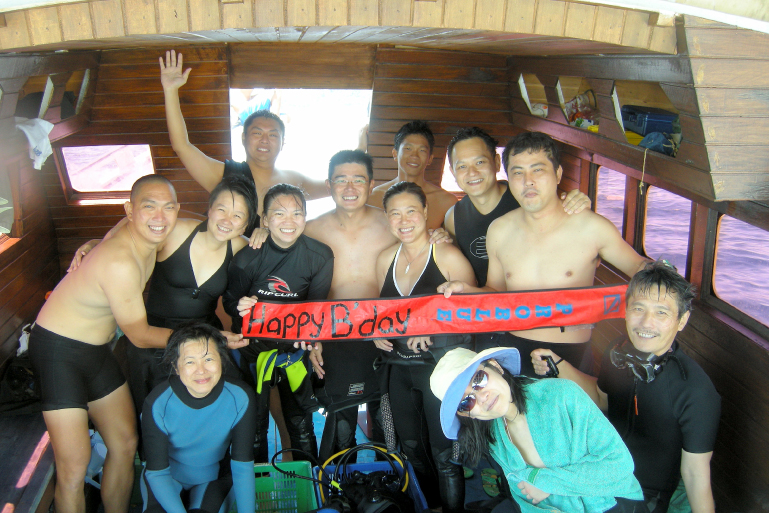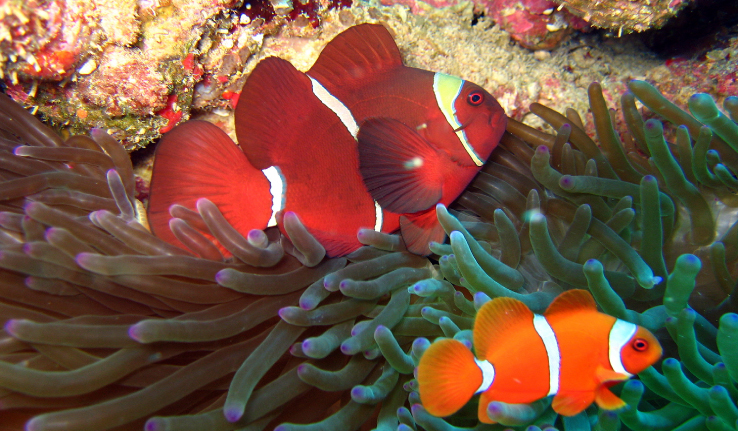Footage of starving orangutans in West Kalimantan on Indonesian Borneo shows the wanton destruction of the great ape’s dwindling habitat in the pursuit of wealth.
Despite being a member of the RSPO (Roundtable on Sustainable Palm Oil), Bumitama Gunajaya Agro violated the rules of the organization by depriving orangutans and other endangered species of their homes and food through deforestation. International Animal Rescue and conservation staff from the Indonesian government have already rescued four starving orangutans from the palm oil plantation. They will be moved to areas of forest with more food.
From a press release by International Animal Rescue (IAR):
We know that there are more orangutans isolated in small patches of forest in this plantation along with other protected wildlife such as proboscis monkeys. All the animals in this plantation are under threat and therefore this company should stop all land clearing immediately, carry out habitat assessments and develop strategies to protect all the endangered wildlife in their estate.
–Adi Irawan, Program Director, IAR Indonesia
Footage of the rescue operation shows the shocking condition of the starving orangutans.
In related news, conservation officials rescued two Sumatran orangutans in a village in Aceh. Many orangutans have been pushed out of their habitat in the Rawa Tripa peatland region of Aceh due to the construction of palm oil plantations.
From the Jakarta Globe:
Under such conditions, the orangutans can’t find sufficient amounts of food, so they starve to death. Sometimes, they are even murdered by locals or plantation workers.
–Ian Singleton, director, Sumatran Orangutan Conservation Program
Despite laws designed to protect the species, much of the struggle seems to depend on NGOs and volunteer conservationists. One such group is the Orangutan Project, founded by Australian Leif Cocks, who, together with local volunteers and other orangutan groups, patrols the jungles of Sumatra and Borneo in order to “deter wildlife poaching, illegal logging and land clearing in Indonesia”. This is a dangerous job and according to Cocks, a member of his team dies in the line of duty nearly every year. Read more on that story onnews.com.au.
The growth of palm oil plantations is largely fuelled by the biodiesel, food and cosmetic industries, owned by multinational corporations like Nestle and Unilever, who pump palm into every product they can.
Check out similar stories of starving and abused orangutans from Science Daily and theDaily Mail.
[source : http://asiancorrespondent.com/104391/indonesia-rescue-of-starving-orangutans-highlights-conservation-plight/]




